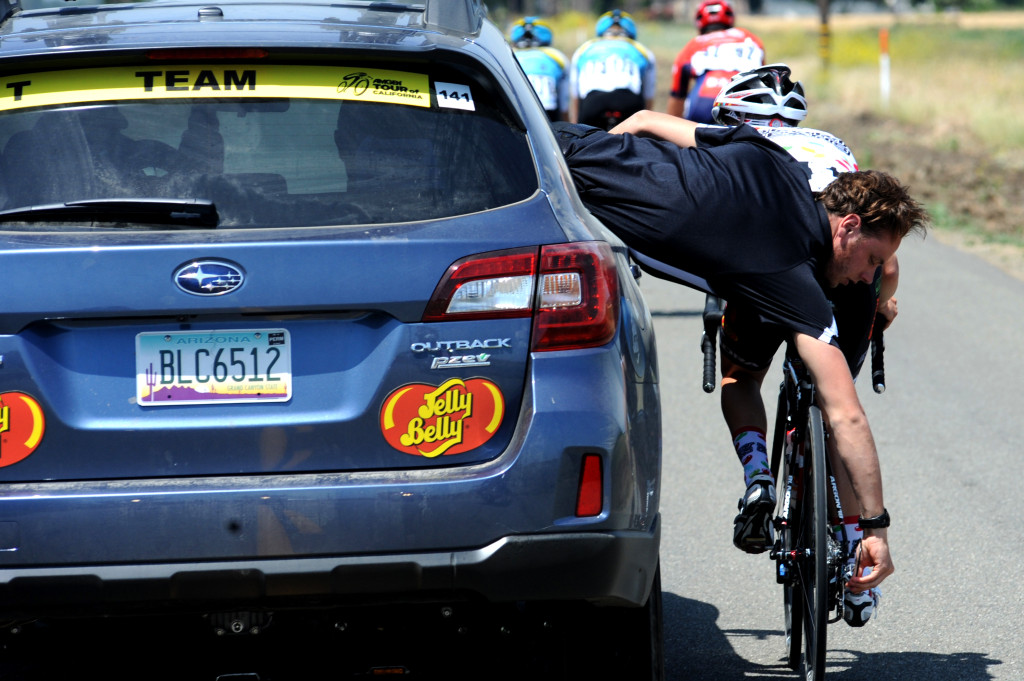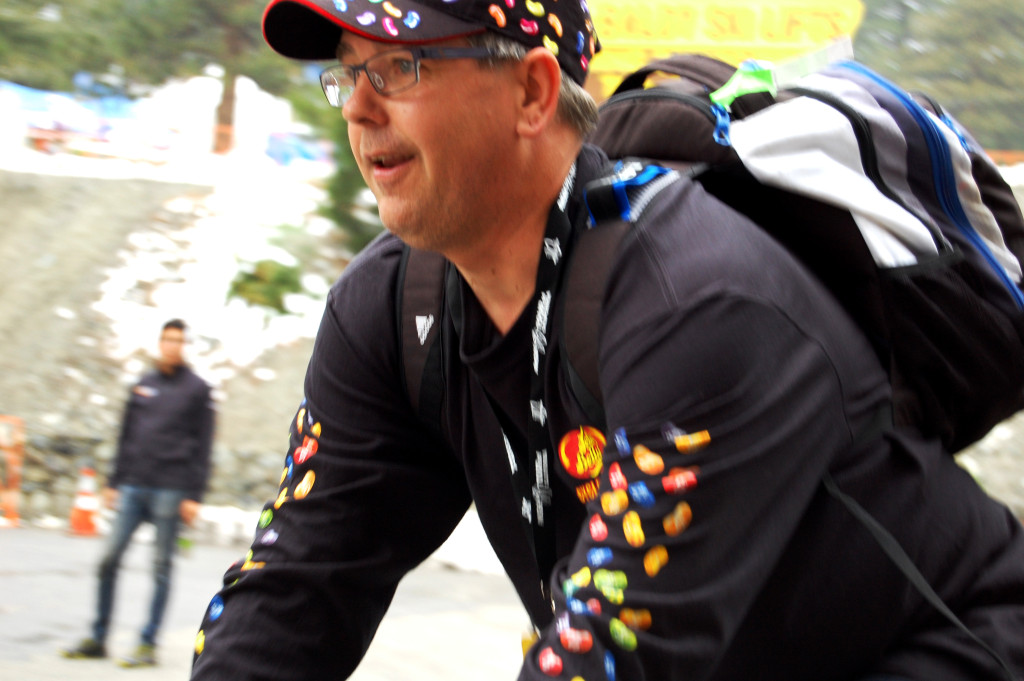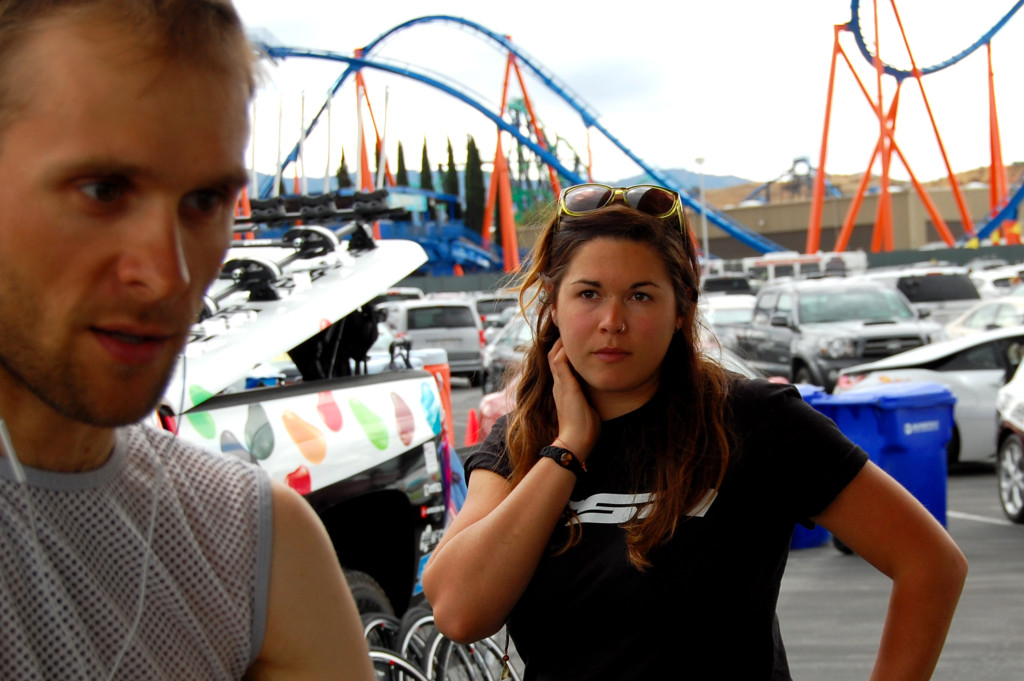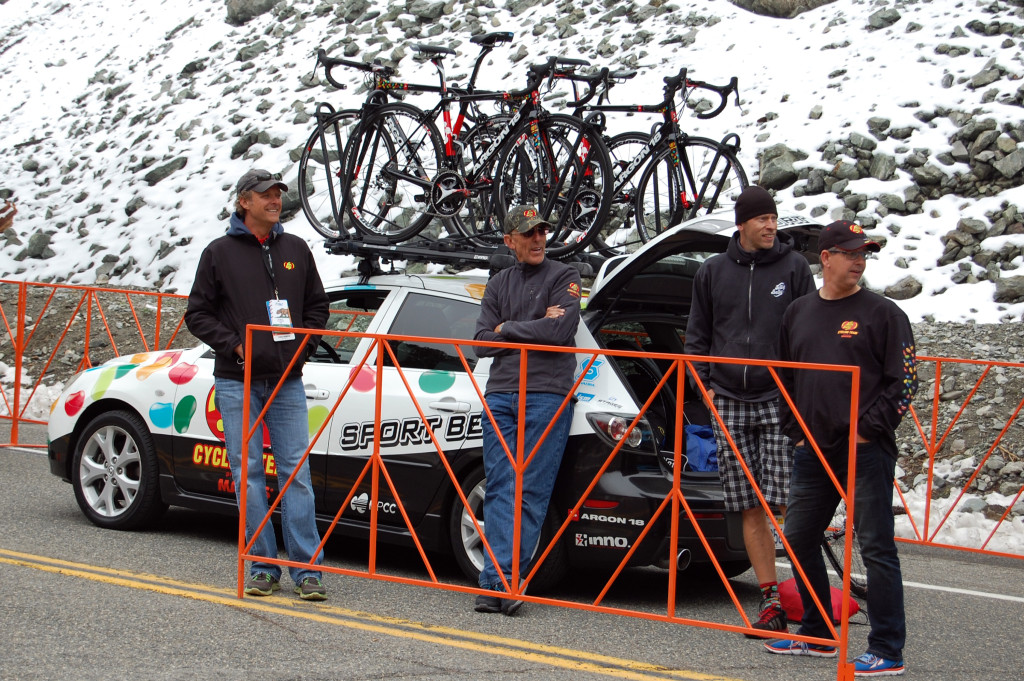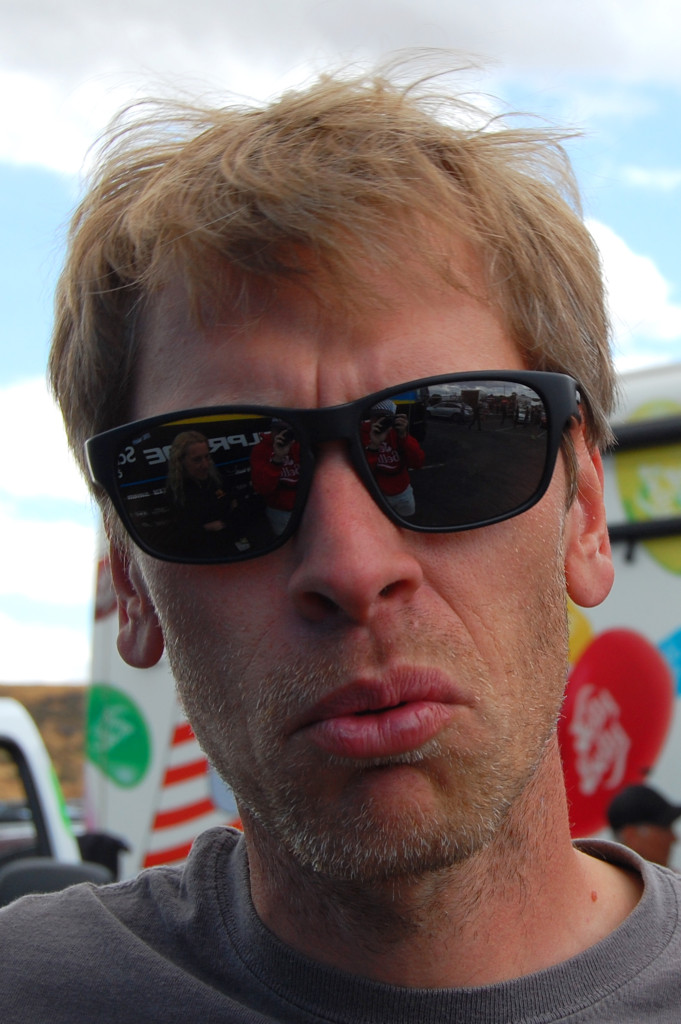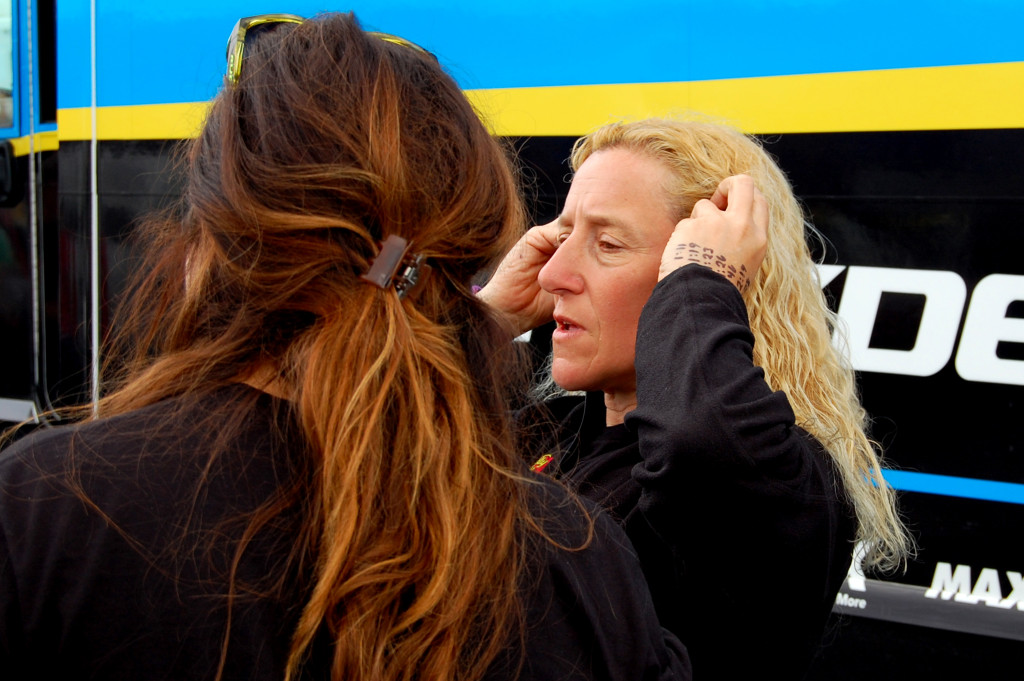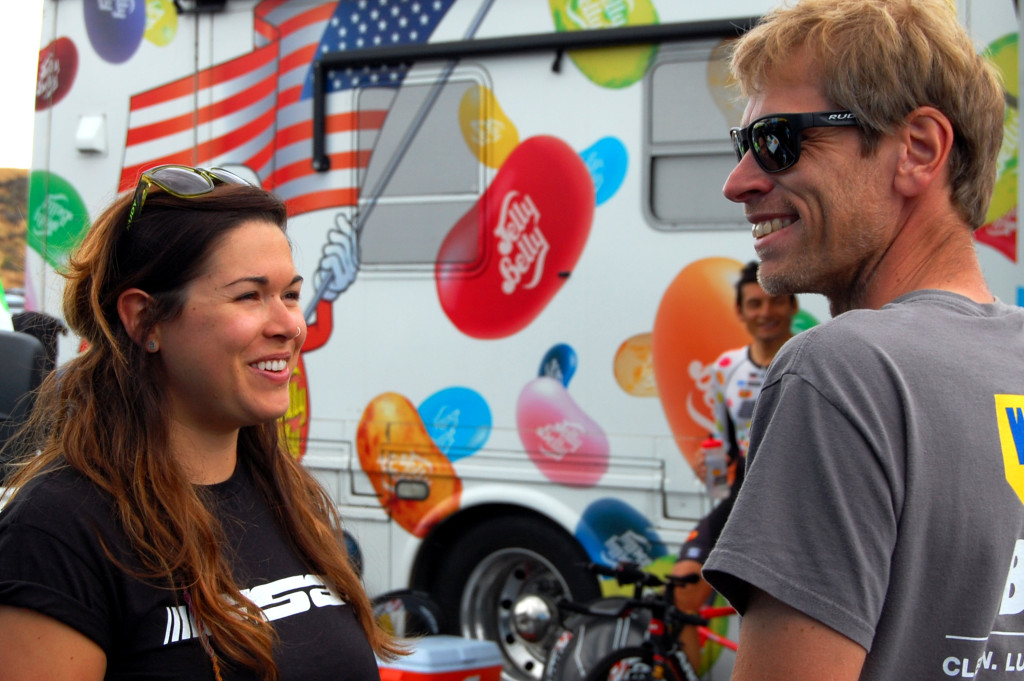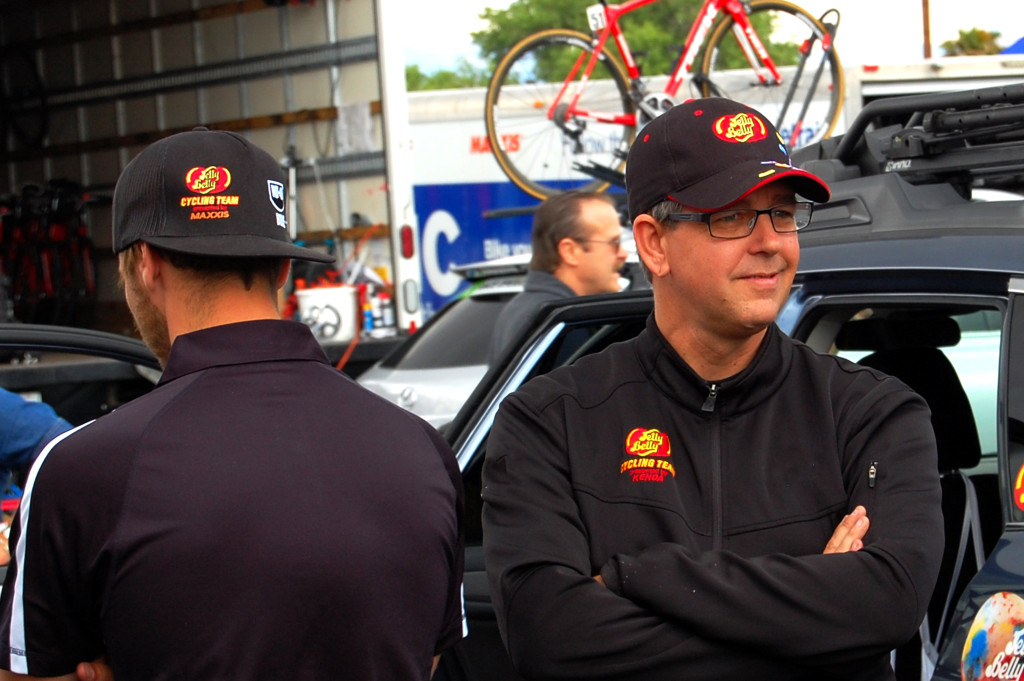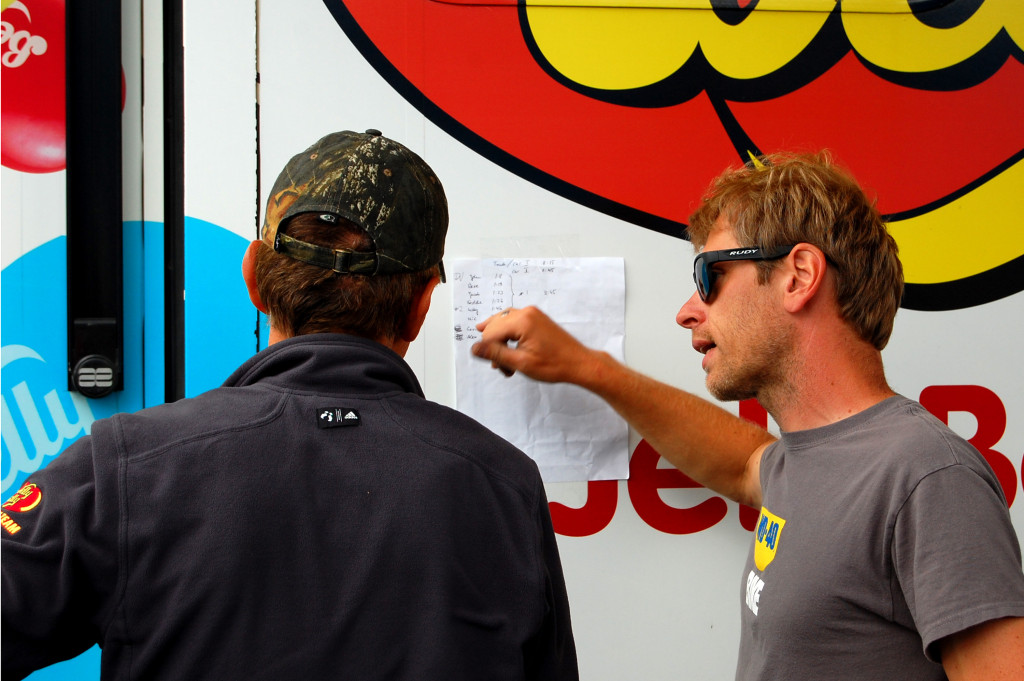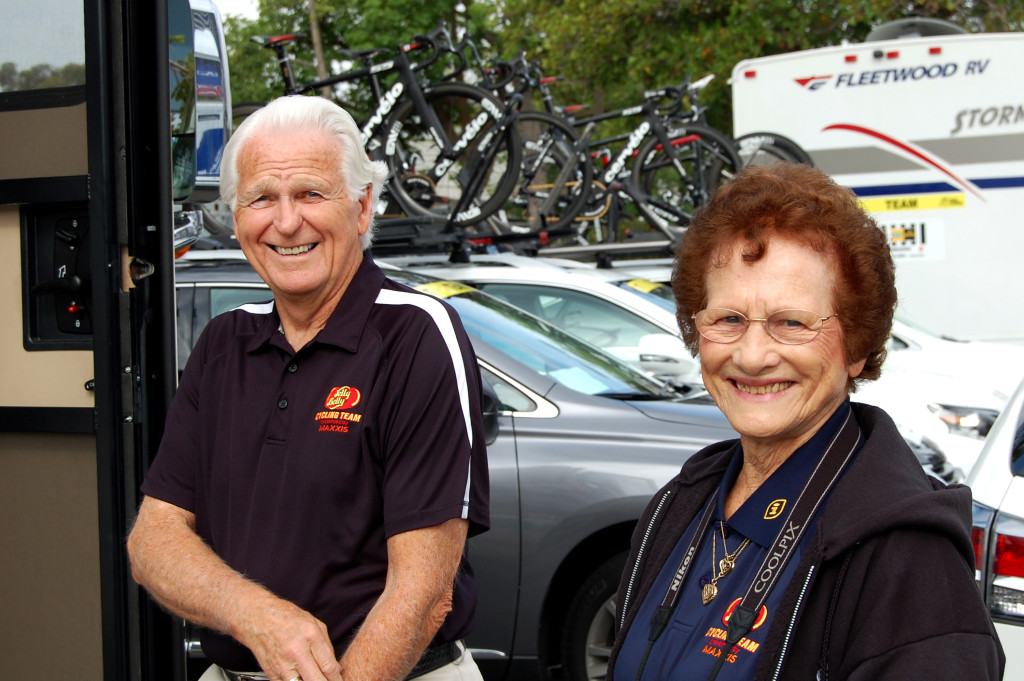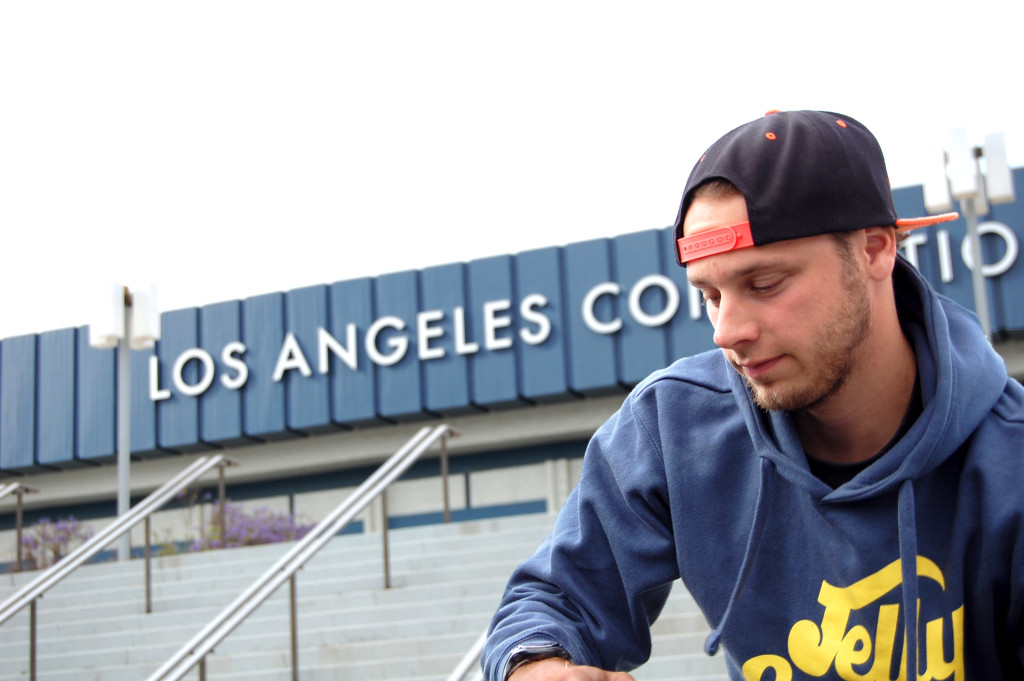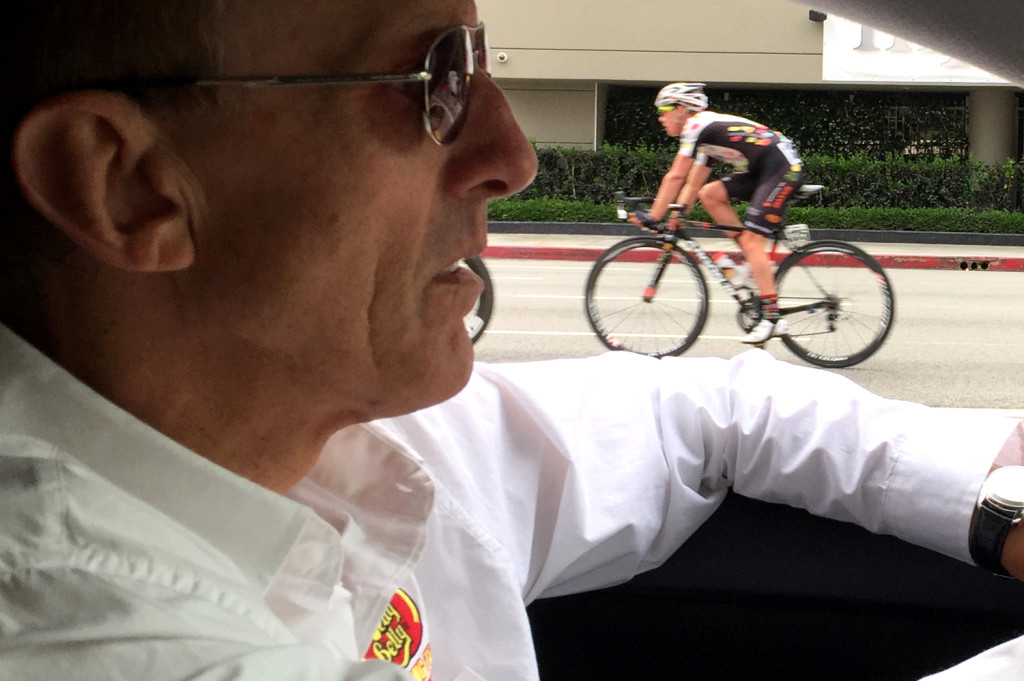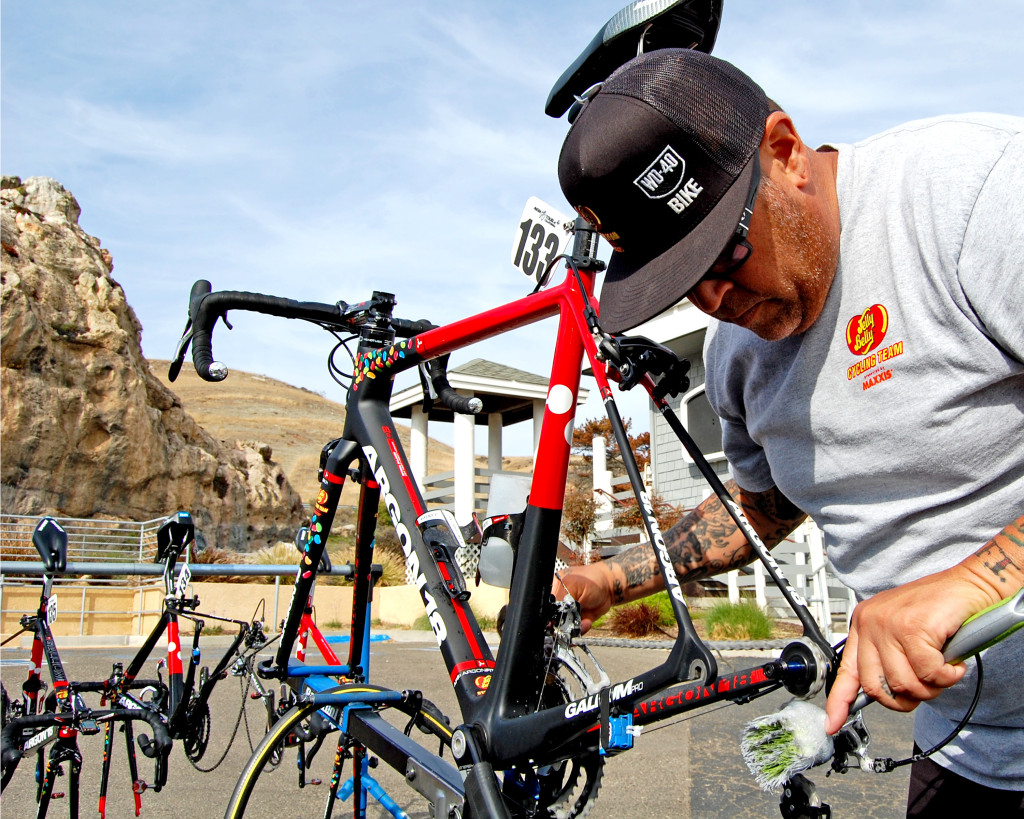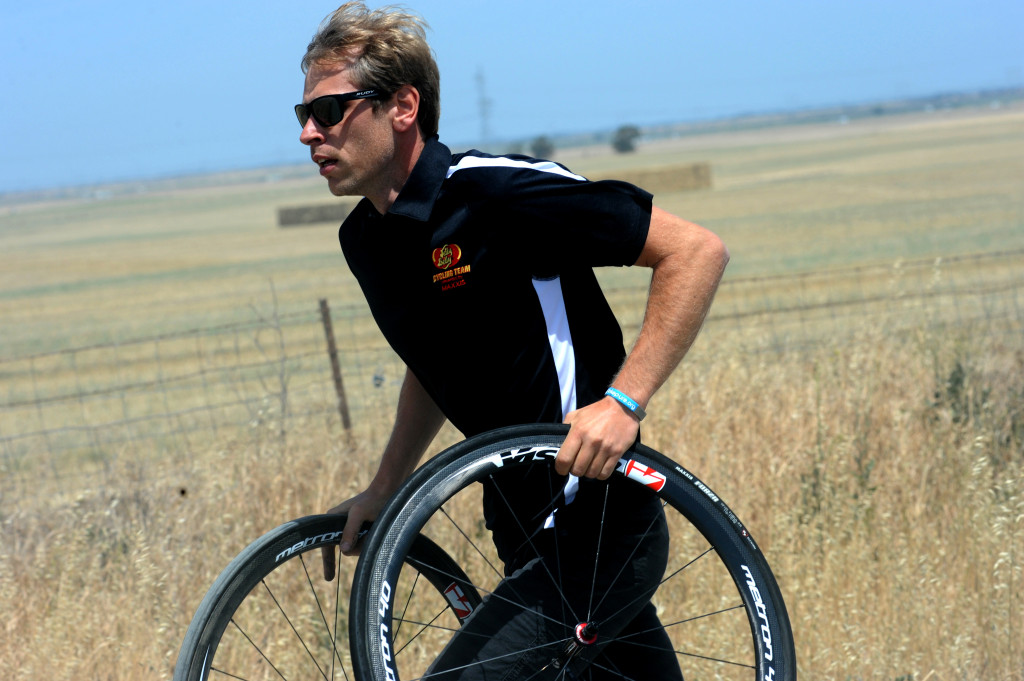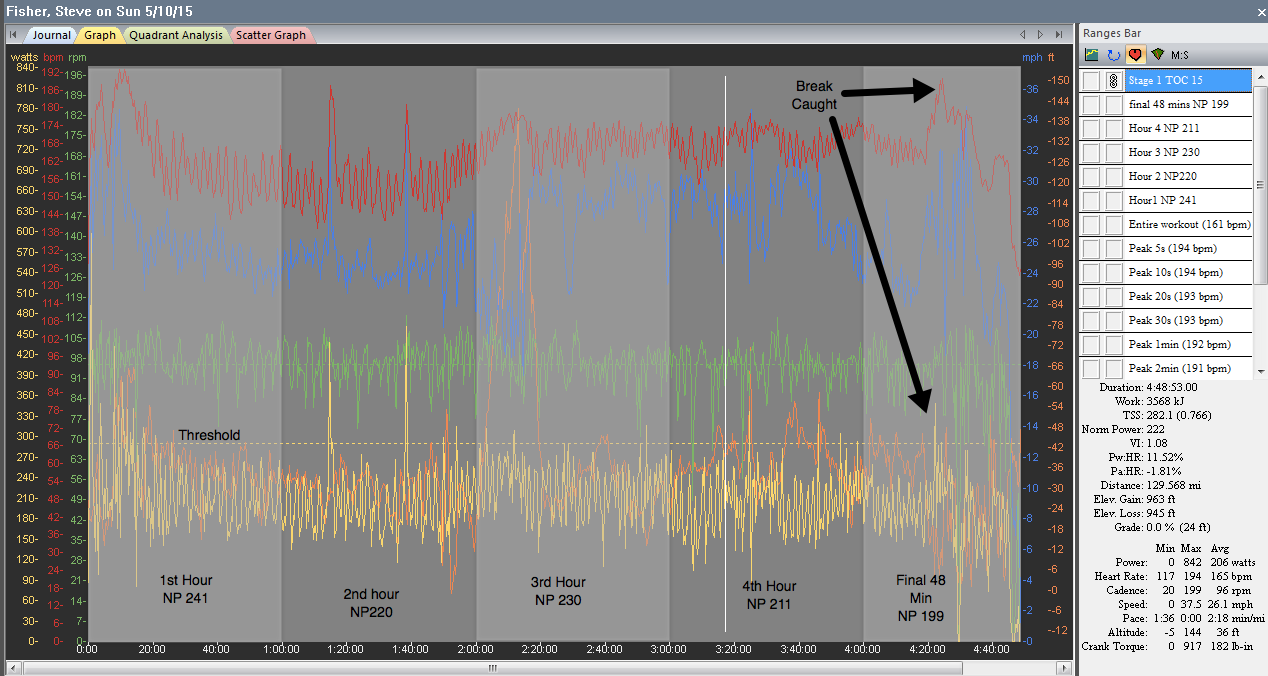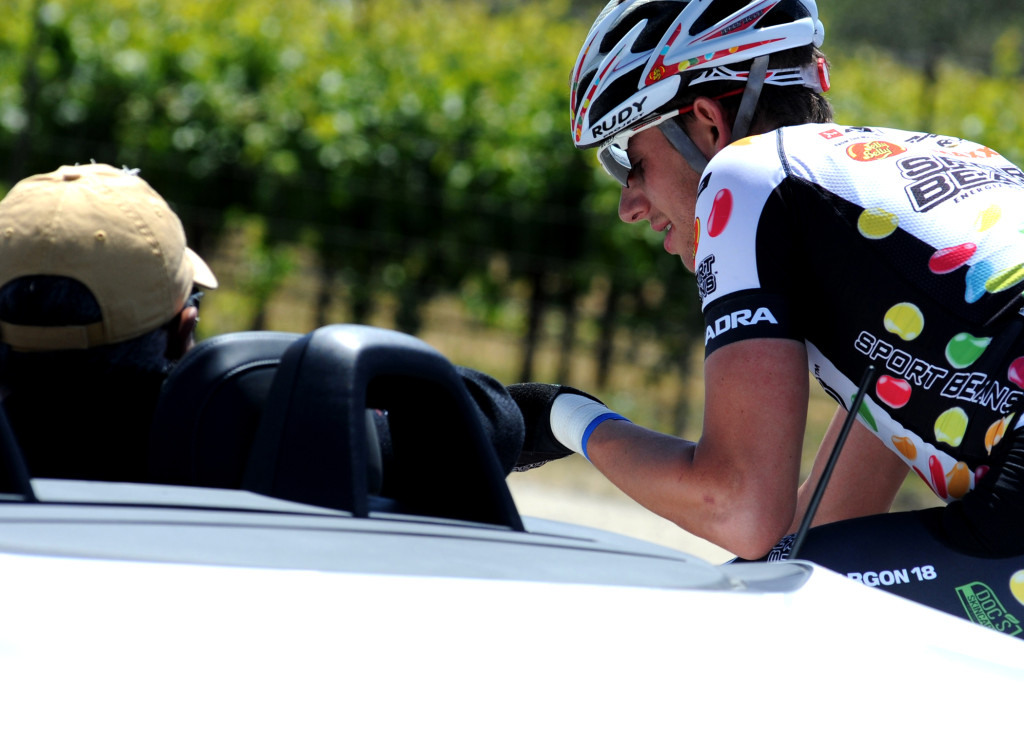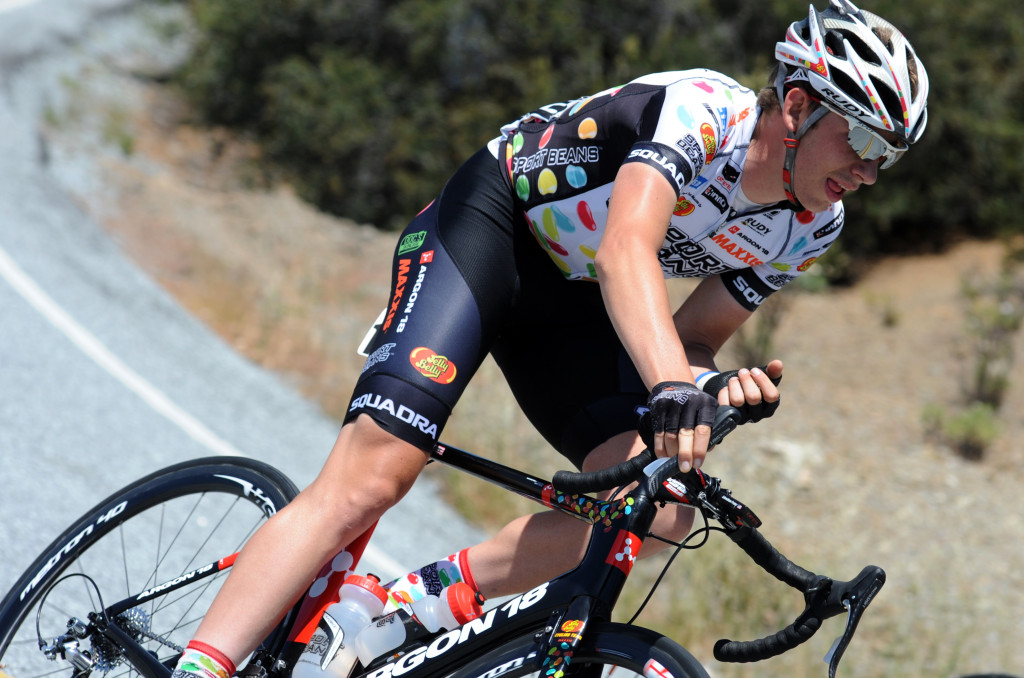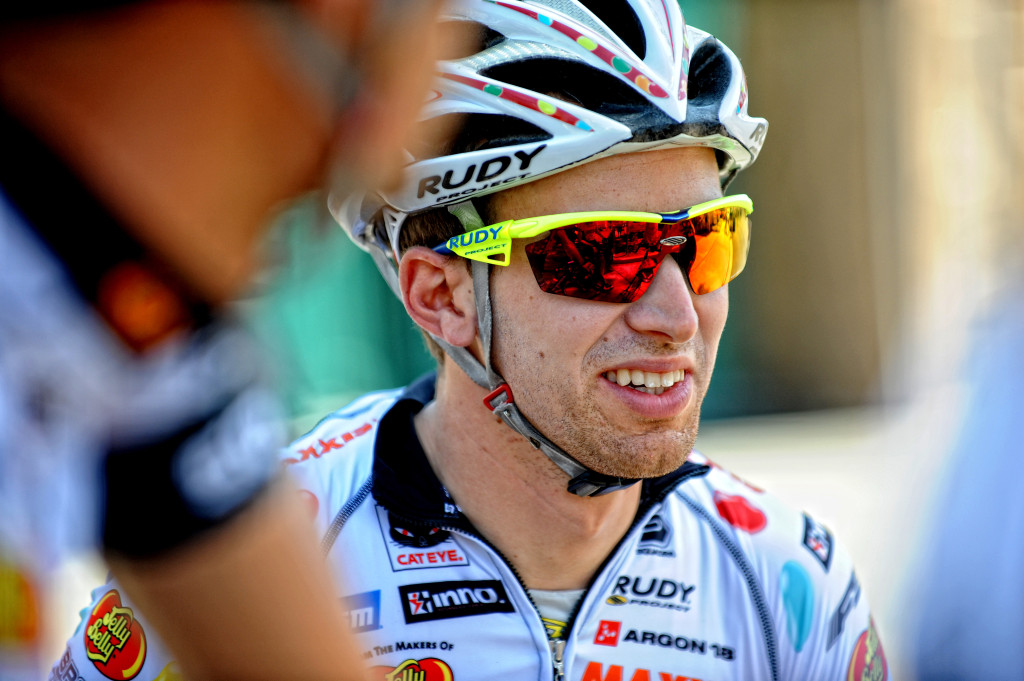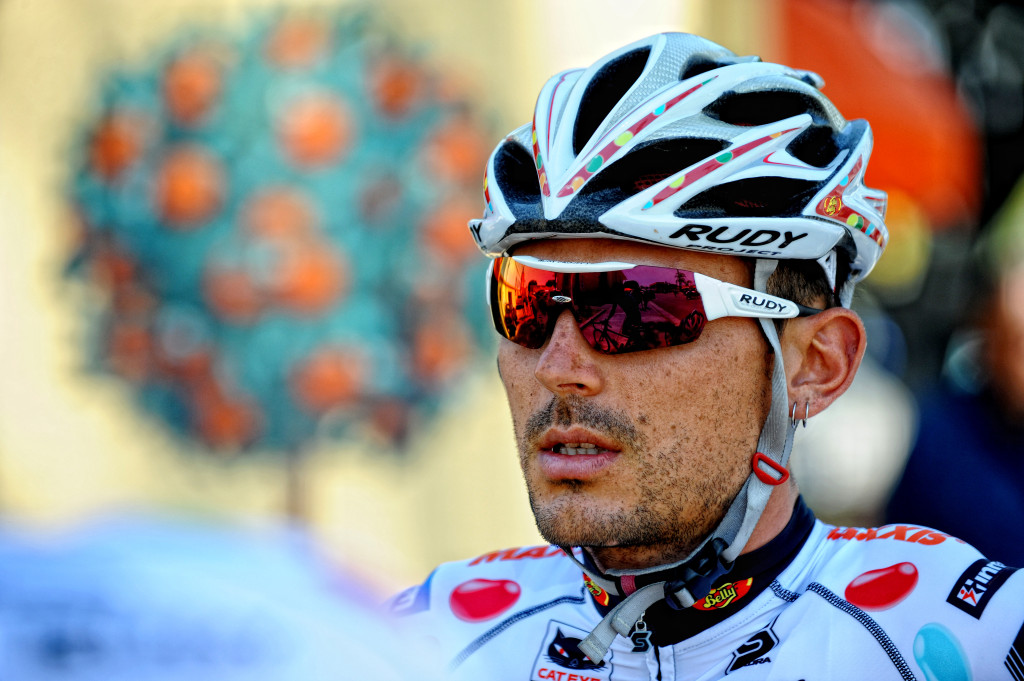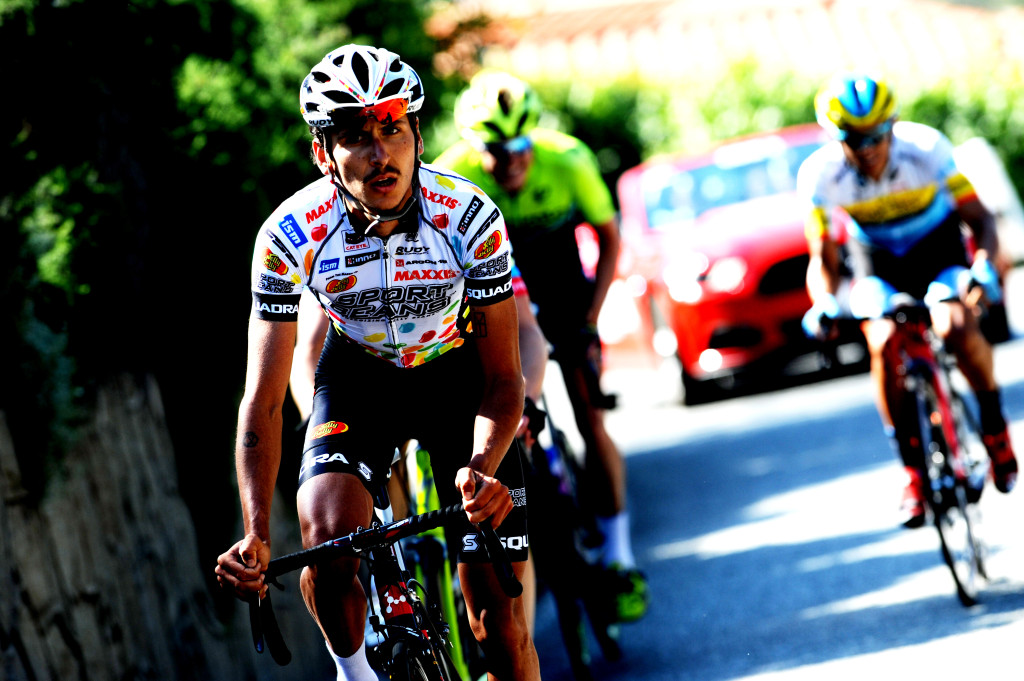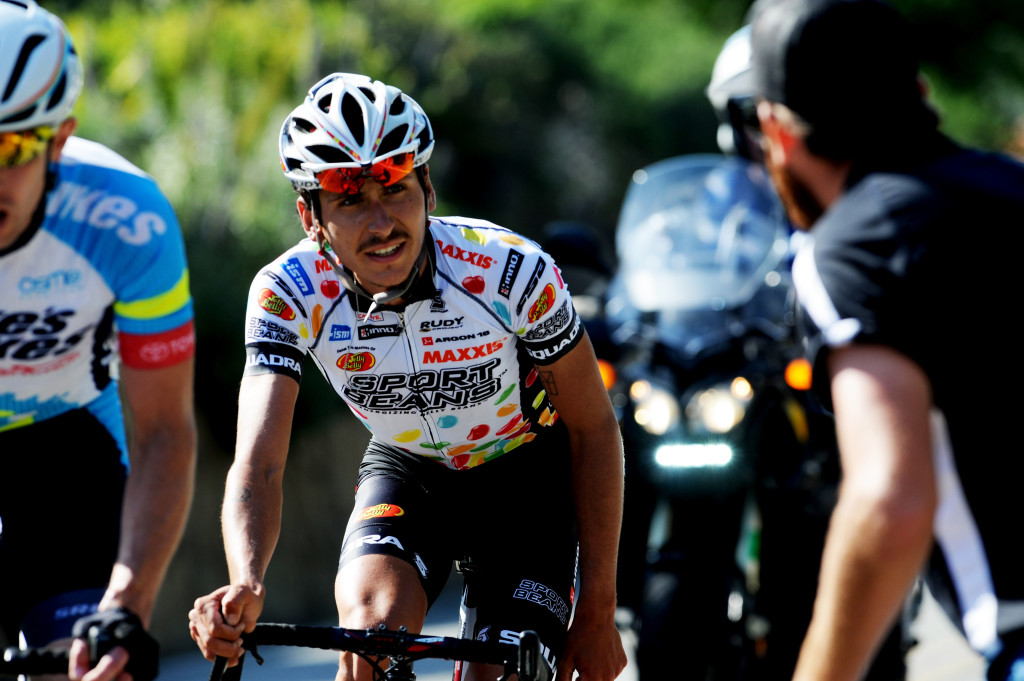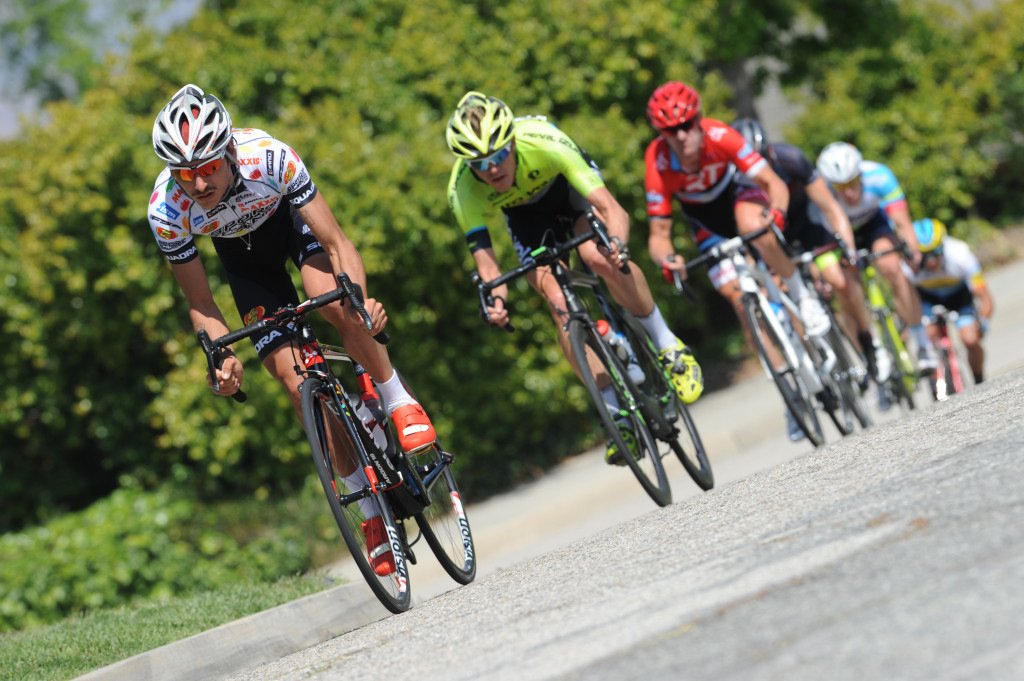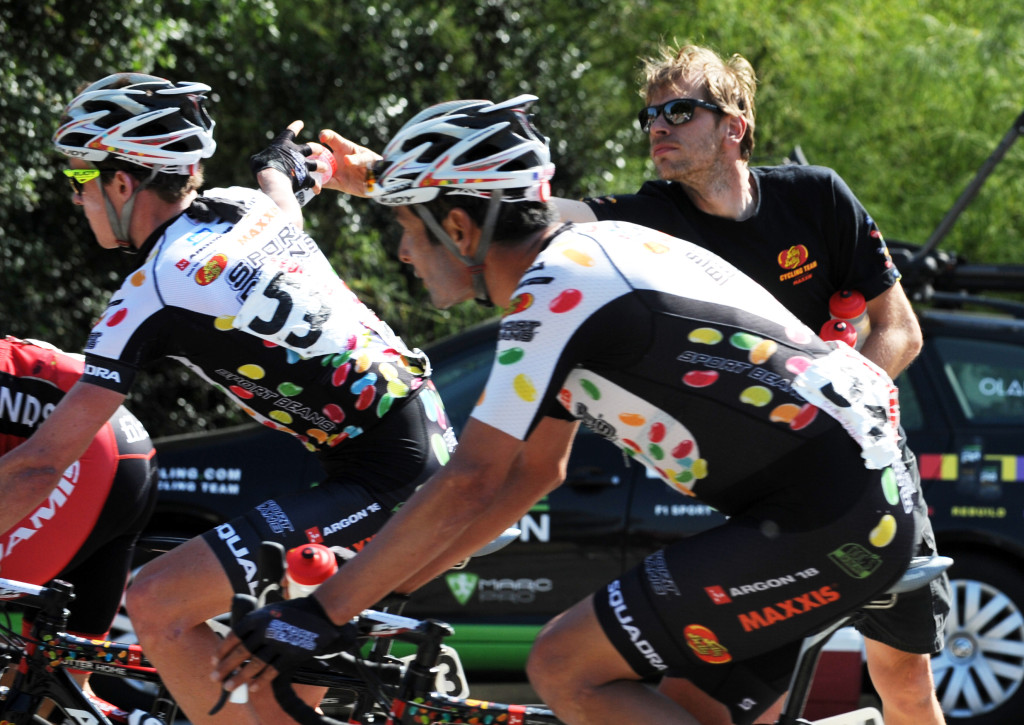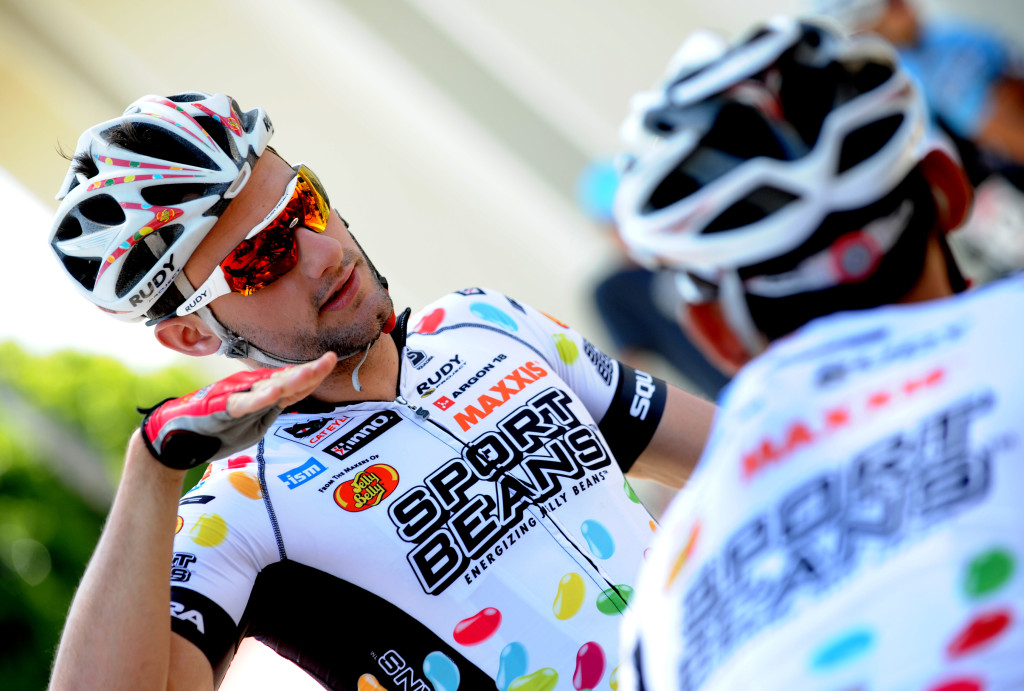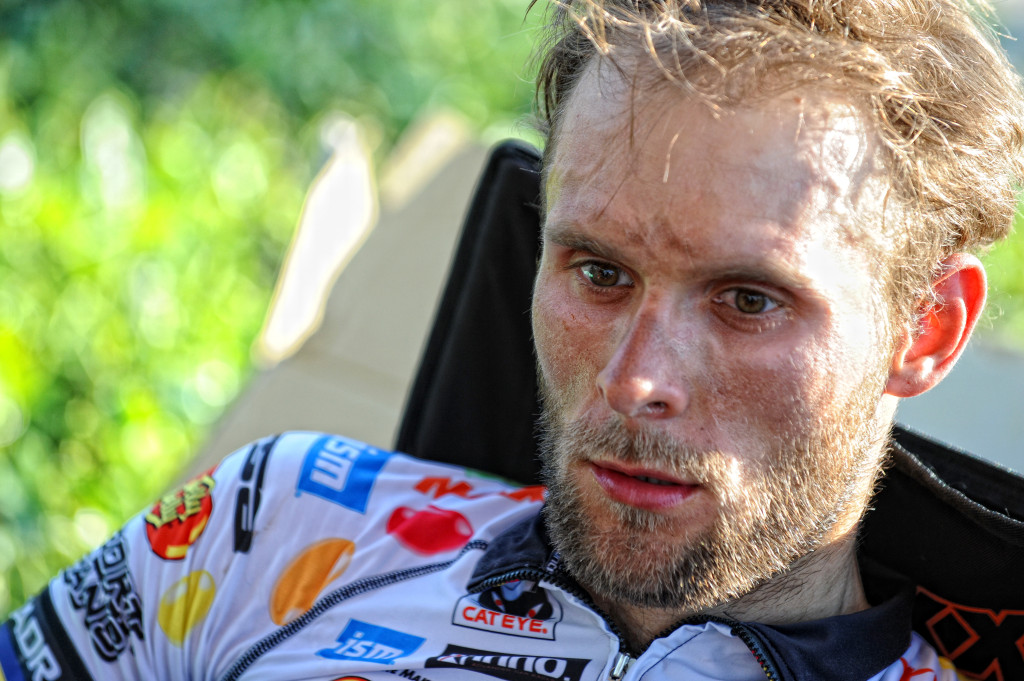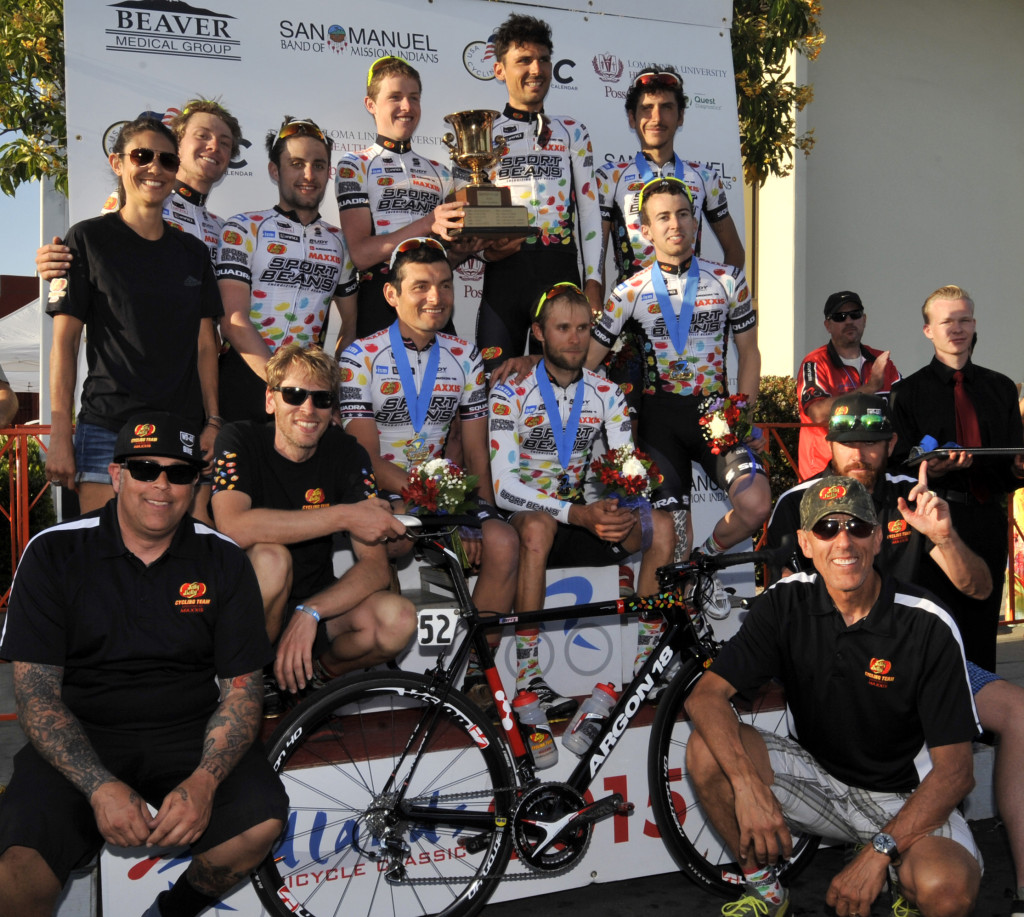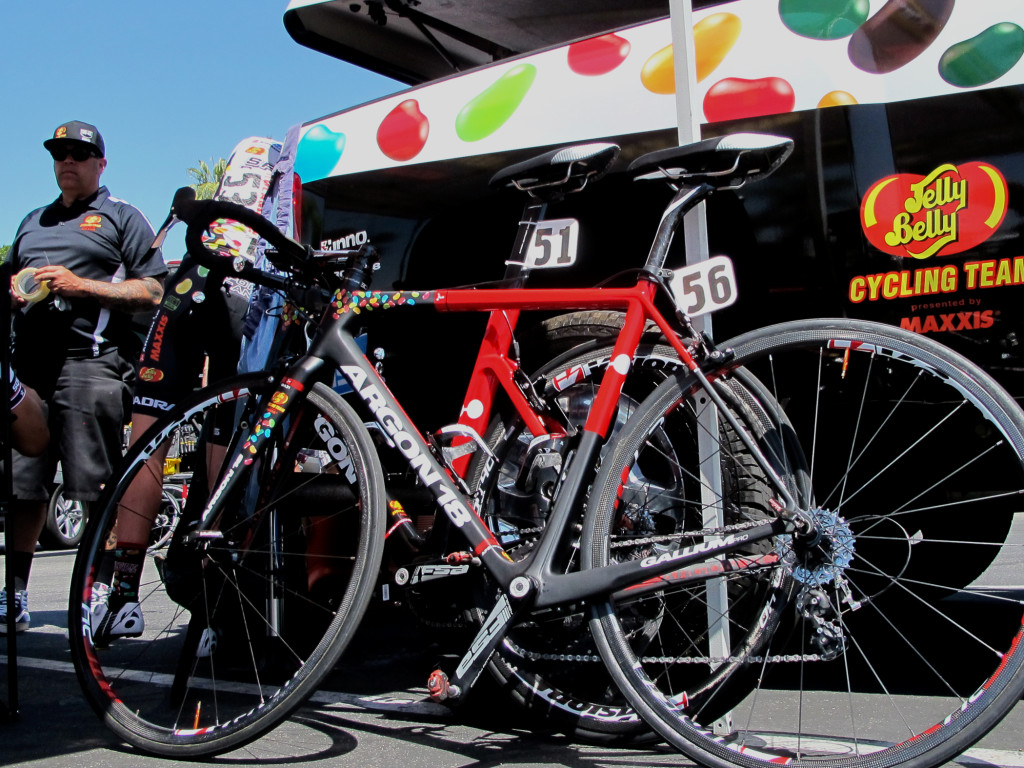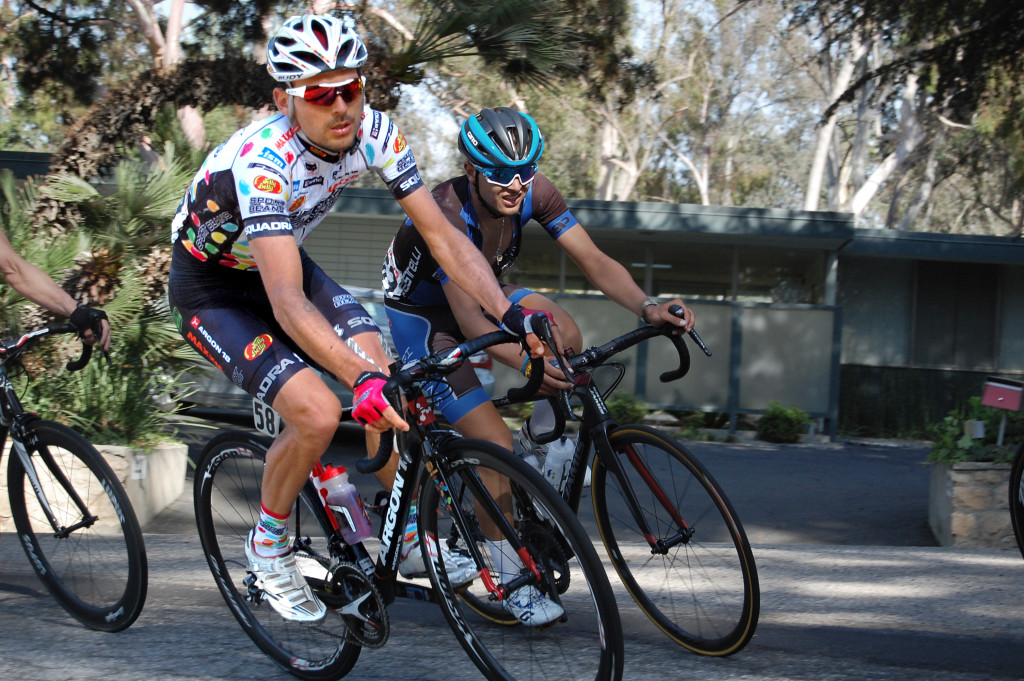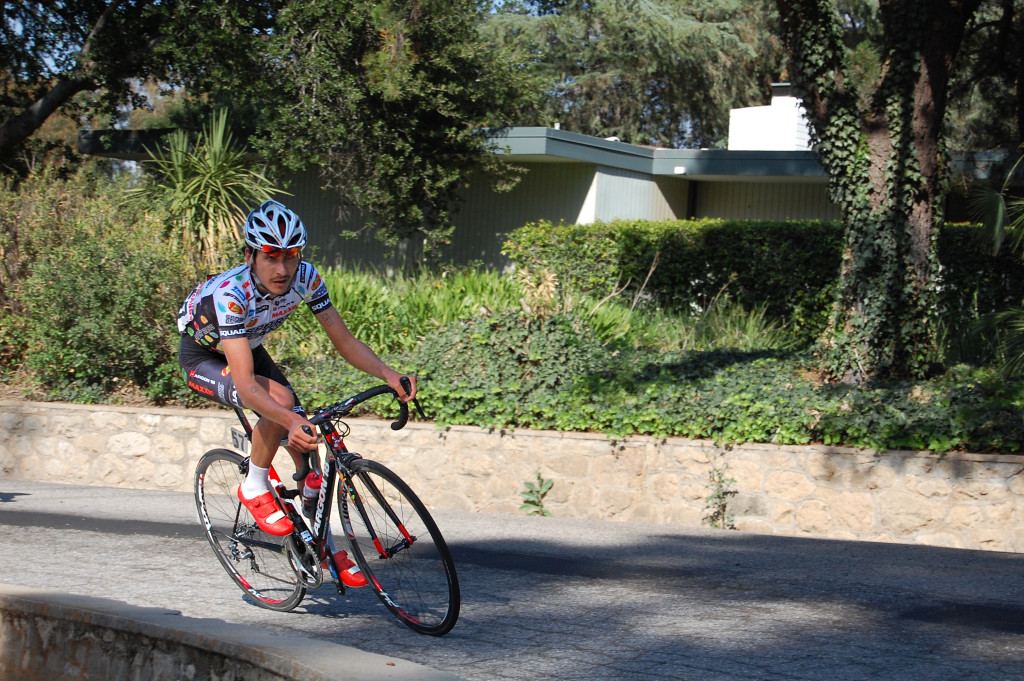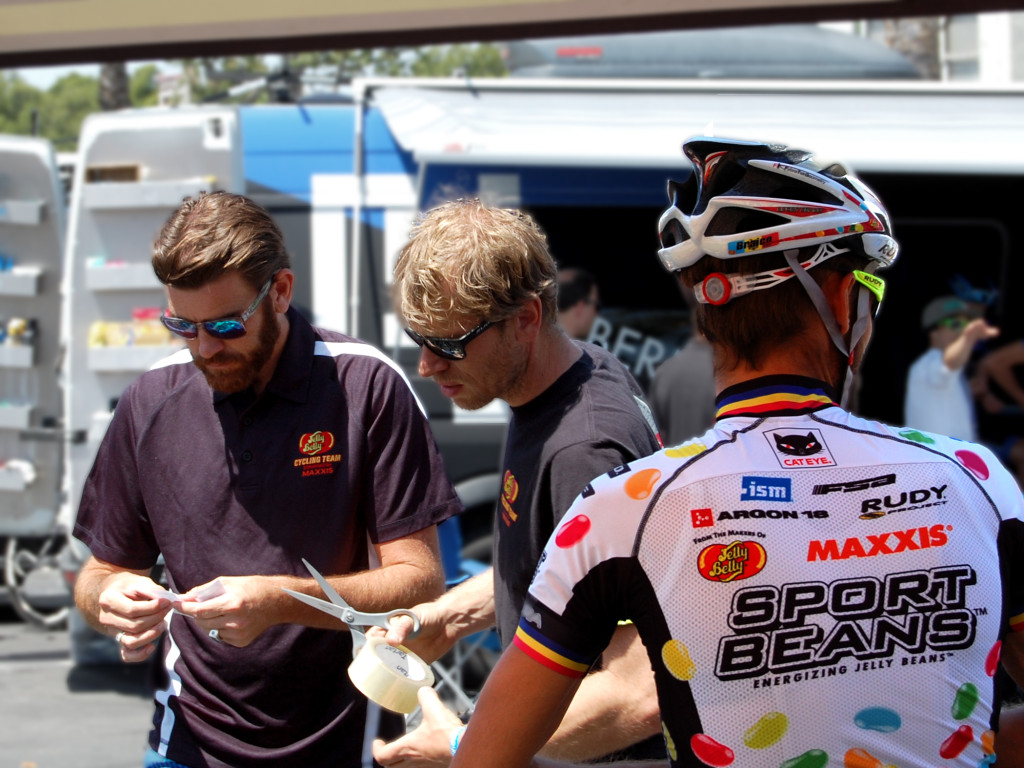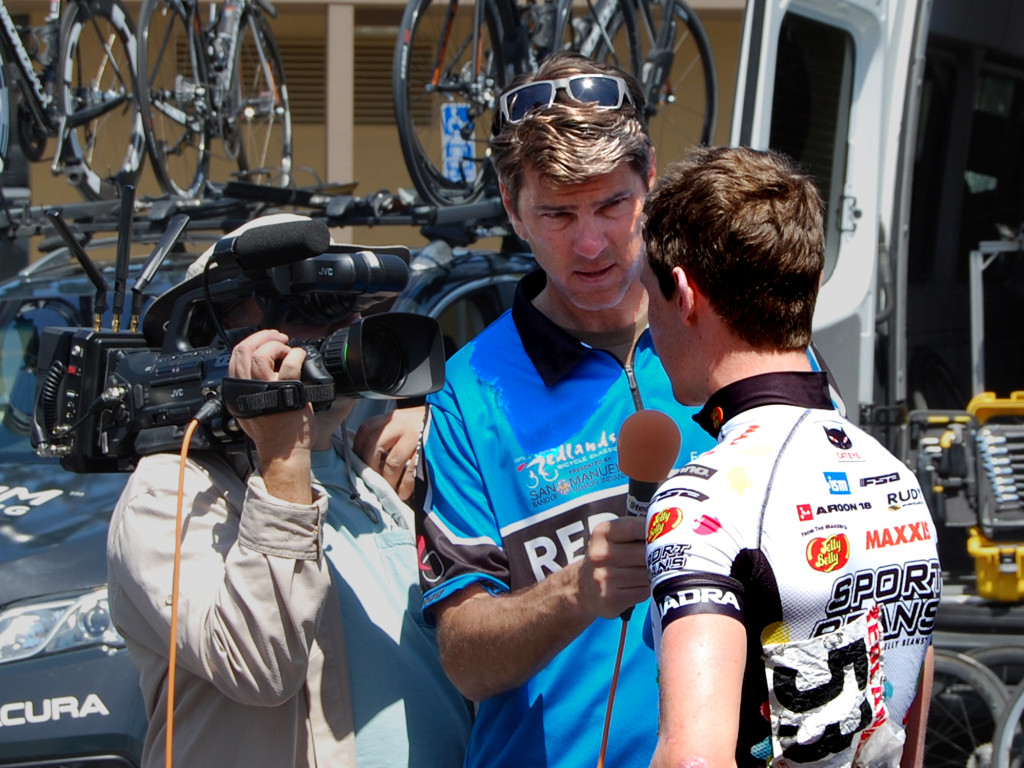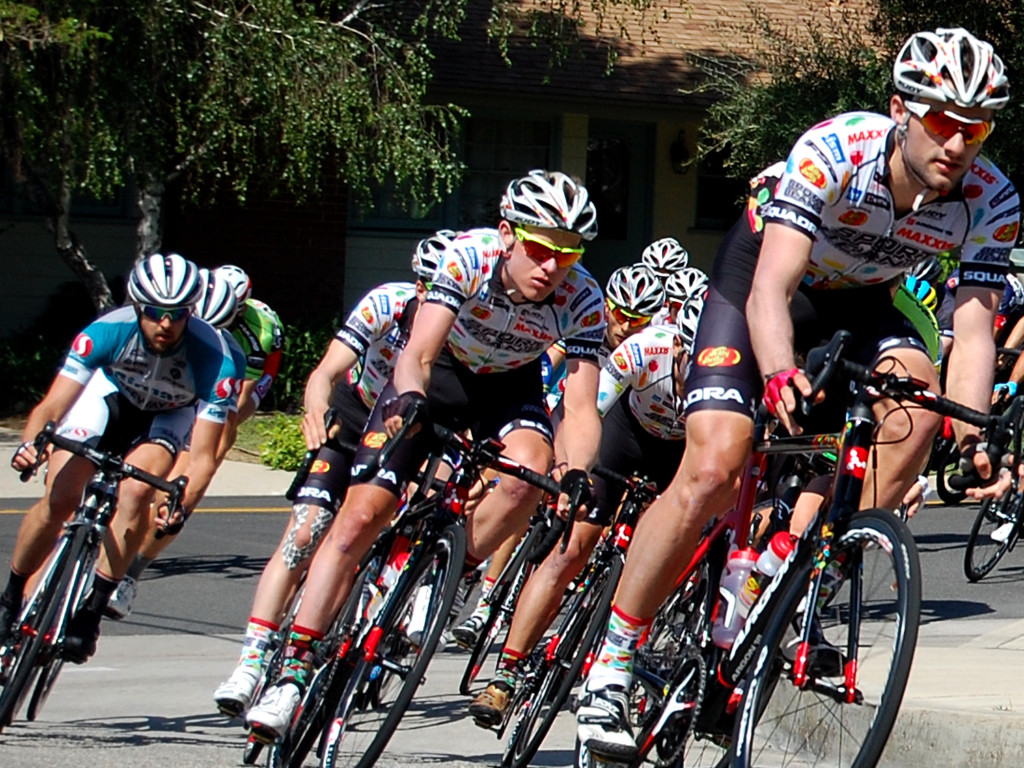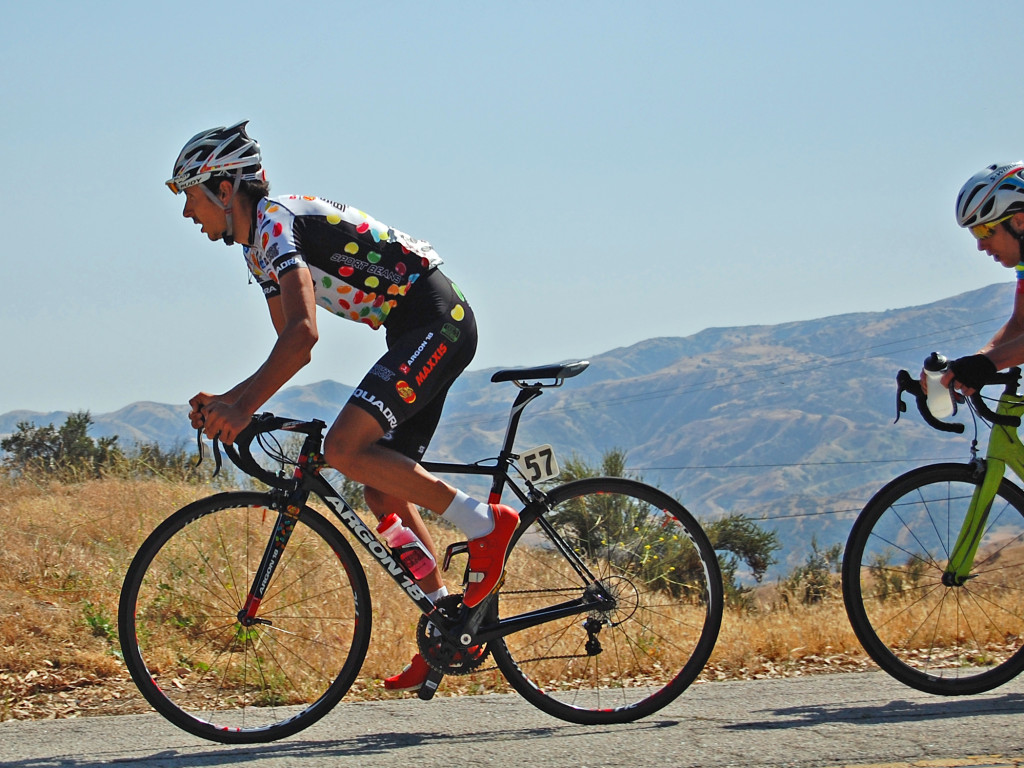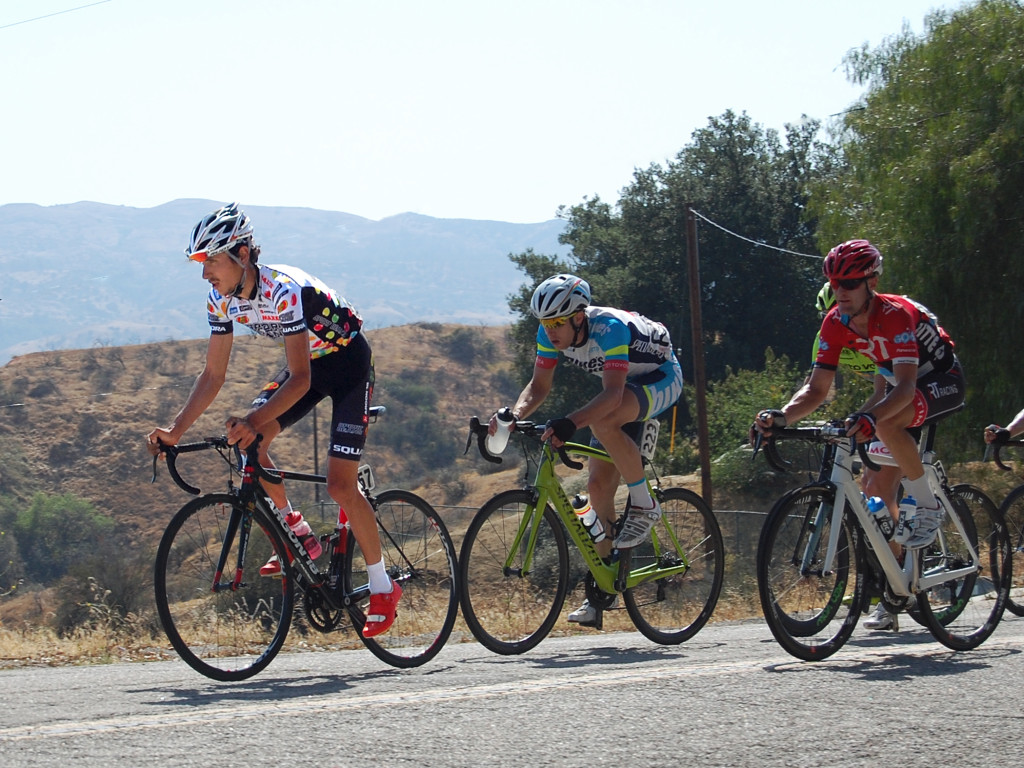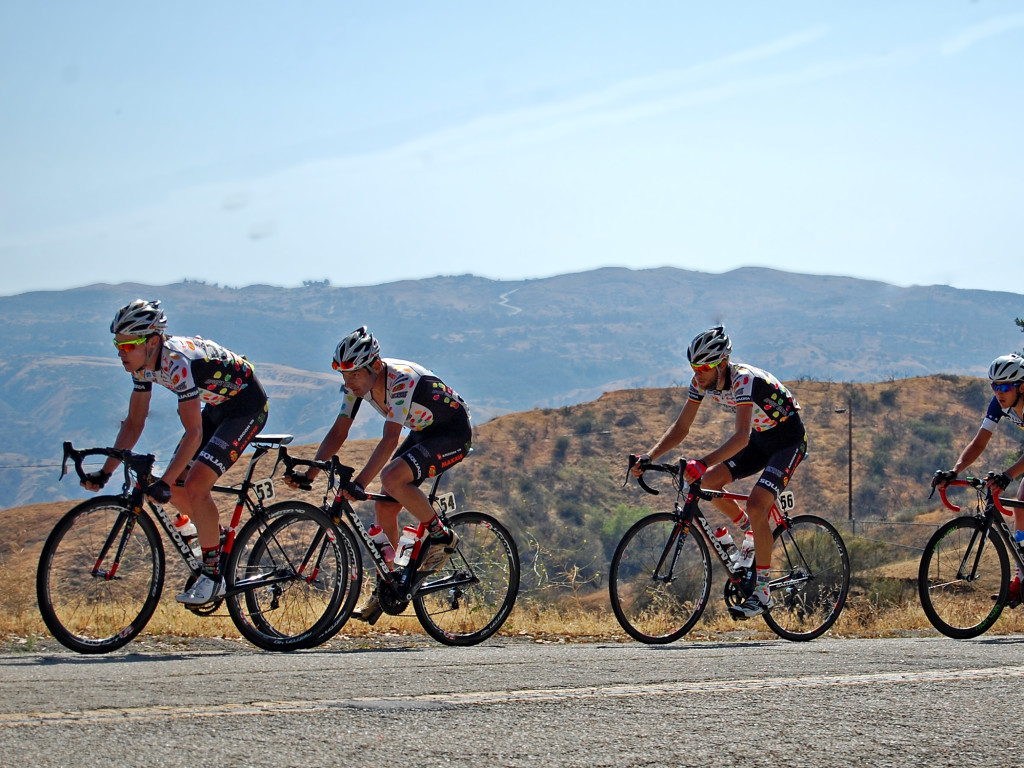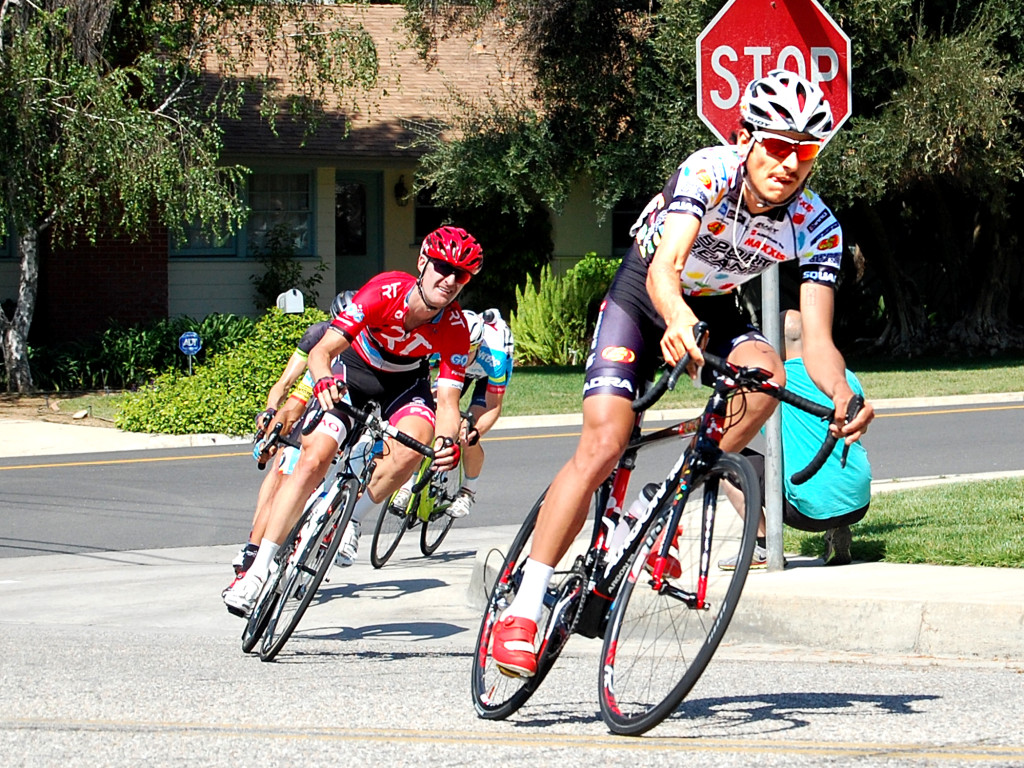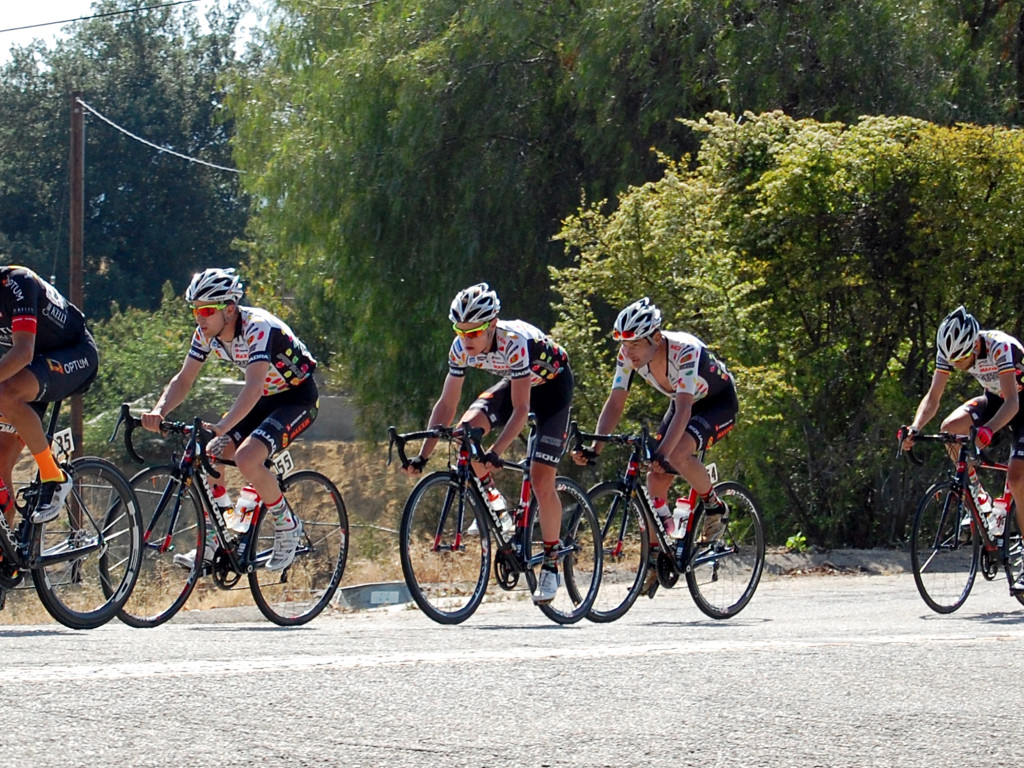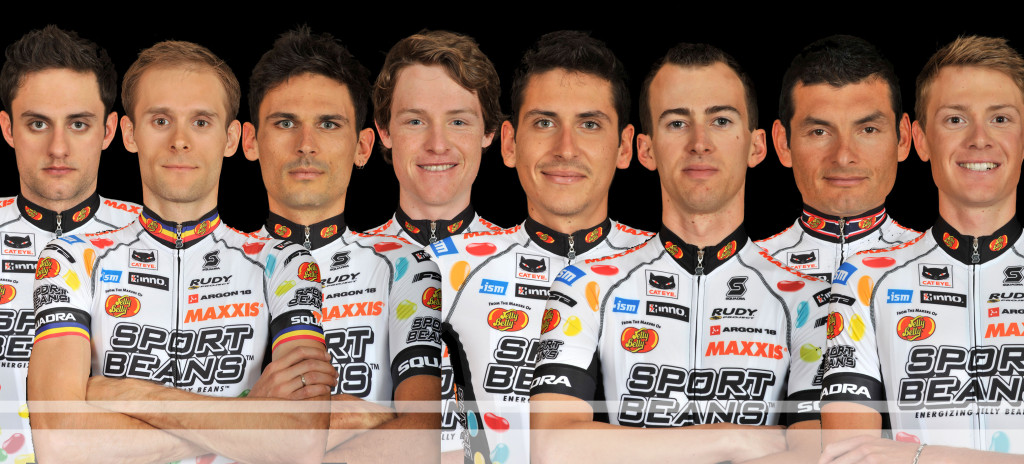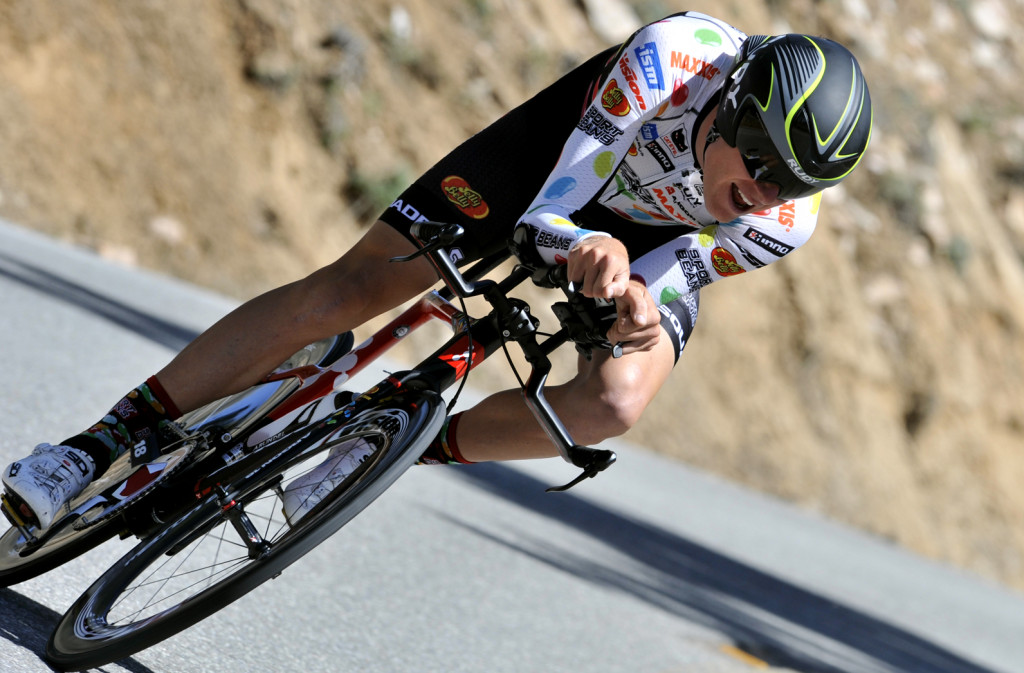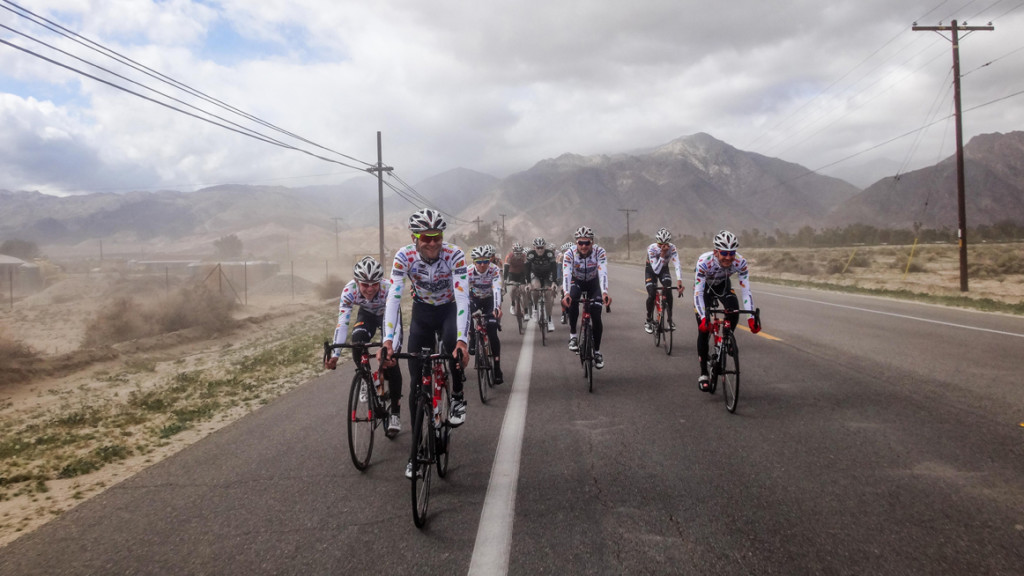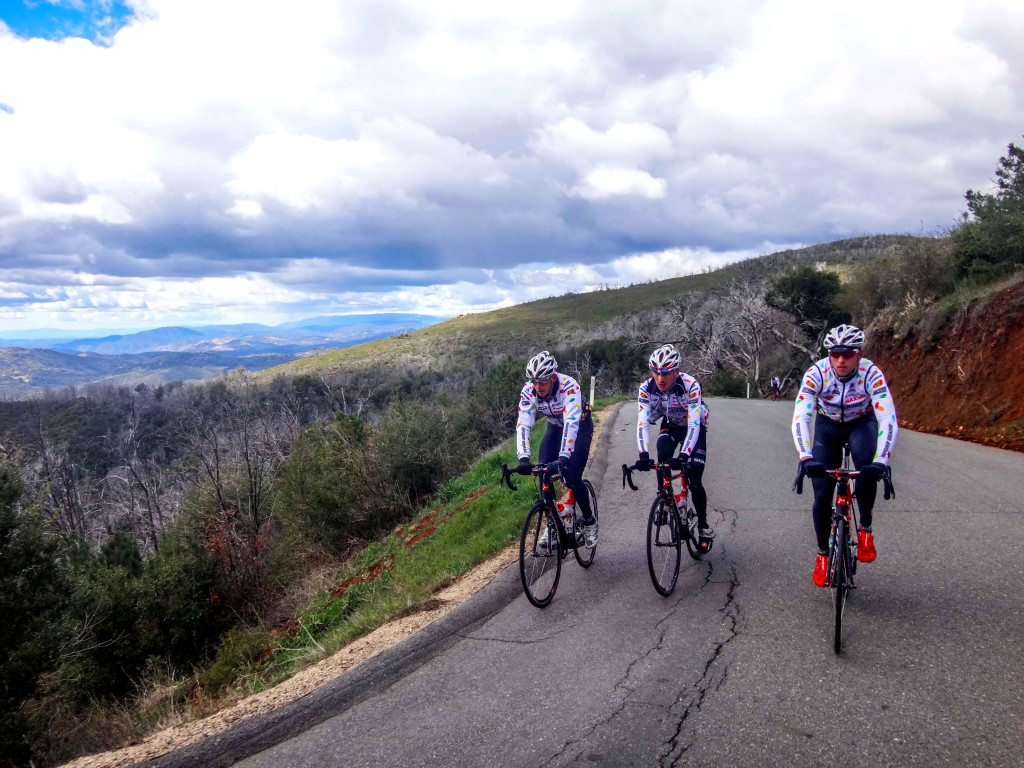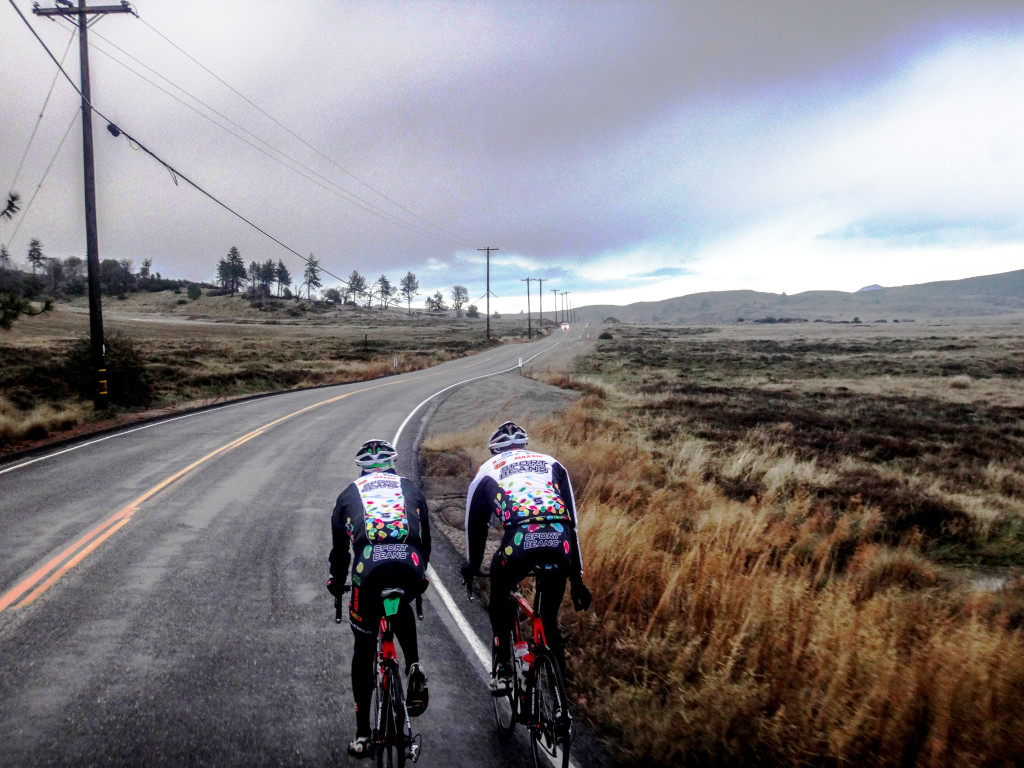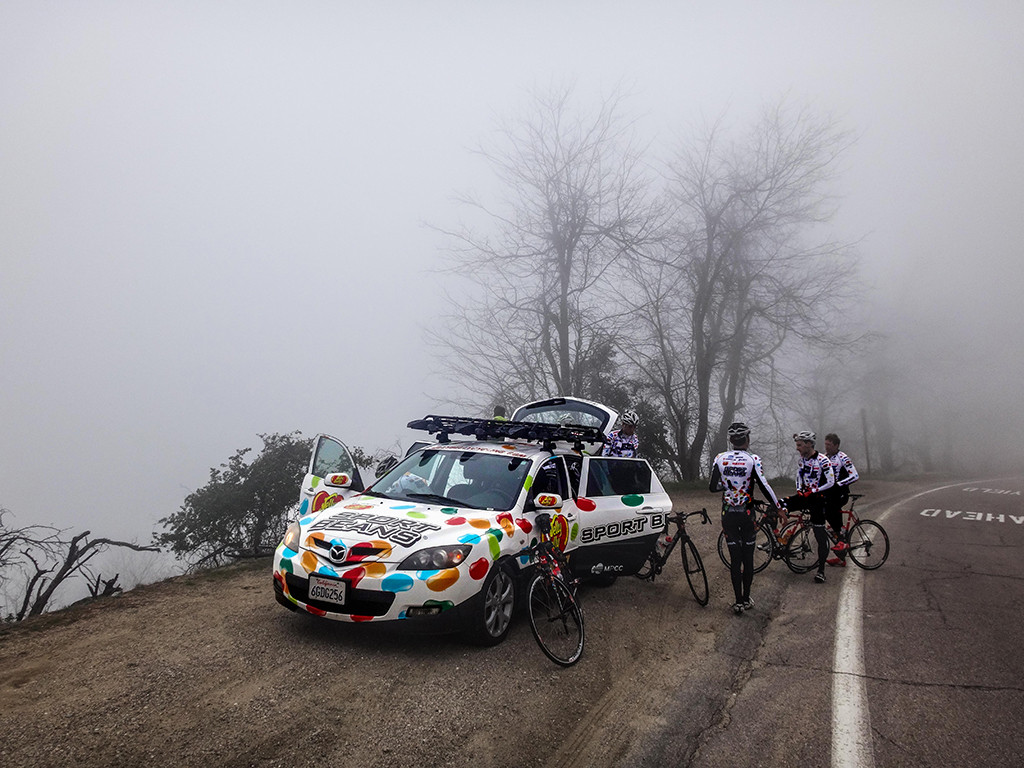-
« Home
Pages
- 2012 Results
- 2013 Team
- 2014 Schedule & Results
- 2015 Race Schedule
- 2015 Team
- 2016 Results
- 2016 Team
- 2017 Results
- 2017 Schedule
- 2017 Team
- 2018 Results
- 2018 Team
- Ben Wolfe
- Contact Us
- Cormac McGeough
- Curtis White
- Jack Burke
- Jacob Rathe
- Keegan Swirbul
- Matteo Jorgenson
- Nicolae Tanovitchii
- Photos
- Rene Corella
- Sponsors
- Steve Fisher
- Taylor Shelden
- Ulises Castillo
-
Categories
-
Archives
- November 2022
- October 2018
- September 2018
- August 2018
- June 2018
- May 2018
- April 2018
- March 2018
- February 2018
- October 2017
- September 2017
- August 2017
- July 2017
- June 2017
- May 2017
- April 2017
- March 2017
- February 2017
- January 2017
- December 2016
- November 2016
- October 2016
- September 2016
- August 2016
- July 2016
- June 2016
- May 2016
- April 2016
- March 2016
- February 2016
- October 2015
- September 2015
- August 2015
- July 2015
- June 2015
- May 2015
- April 2015
- March 2015
- February 2015
- December 2014
- October 2014
- September 2014
- August 2014
- July 2014
- June 2014
- May 2014
- April 2014
- March 2014
- February 2014
- January 2014
- December 2013
- October 2013
- September 2013
- August 2013
- July 2013
- June 2013
- May 2013
- April 2013
- March 2013
- February 2013
- January 2013
- October 2012
Category Archives: News
Steve Fisher made the break on Stage 1 at the 2015 Amgen Tour of California. It was to be his longest bike ride ever, and the file from his Cateye computer and Stages power meter provided insight to both Team Performance Director Larry Foss and Coach Chris McGovern.
“Early in the race you can see the big spike in power to get the break established. You can also see the rest that Steve gets by looking at the power and heart rate information,” said Foss, a Level 1 USAC Coach.
“The change in heart rate during his pull and then the rest starts to change less, yet the changes in the power output start to become wider. Going into the 4th hour of racing it really becomes noticeable.
“Once the break is caught there is a big spike in power and heart rate as Fisher tries to stay in the peloton. At this point his day is over and he rides in to the finish. Excellent job!
Steve Fisher’s coach, Chris McGovern of Cycleution Coaching, has measured a higher FTP for Fisher, but largely agreed with Foss’ analysis. Not known for being a purely data-driven coach, McGovern attributed the performance to one particular block of training called “Storm the Castle” where this kind of intensity/recovery cycle was enhanced.
In text messages immediately after the stage, McGovern asked, “Are you surprised?”
“I’m not,” he continued, “Steve is on point and well-prepared.”
We hear the questions, at the race and on-line, about medical care.
The Amgen Tour of California is such a large-scale rolling production, with more than 20 separate groups going from one town to another everyday – how could medical care be structured?
The second car behind the race is a convertible with a doctor in the back. There are several other cars in the caravan and behind it with doctors or nurses in them. They stop at any crash, and the doctor right behind the field can hold consultations with riders either as they rejoin the race after a crash, or when they drop back to talk. Think of it as having an on-call doctor at your work, a few feet away at all times, and available without appointment.
In each city that we visit, this same team sets up a medical suite. Its location is communicated via the Technical Guide that all teams receive before the start of the race. These are, to a normal doctor’s office, what the Jelly Belly Cycling Team’s trailer is to a normal bike shop. Everything is there and it is staffed by the best. This is where allergies are treated, follow-up visits happen, and less urgent matters are dealt with.
After Johnathan Freter’s tumble on Stage 1, his elbow was examined while he rode alongside the medical car and immediately after the stage. At the start of Stage 2, it was Freter’s wrist that was more painful. During the transfer after the stage, team staff were in contact with the medical team making the same journey. On arrival, the doctors let us know where they were set up.
The exam is a little different than at your family doctor, only in that it is very matter-of-fact. There isn’t a lot of time, and the doctors understand that the athletes know the general vocabulary of sports injury. In Freter’s case, the doctor said, “You are most tender here, and I’m not concerned about that at all. You are a little tender here, but that’s a more likely location for a chipped bone or fracture…”
Calls were made to local hospitals and urgent care facilities and one was located that could get the correct x-ray done and return the results fastest. Team staff took Freter over and came back an hour later with a disc of x-ray images. All the while, the medical team are tending to other riders and their own logistics, including dinner. Three doctors came back out to the suite to read the film, and it confirmed their suspicion.
Freter’s injury is not one that mandates stopping – the doctors will only force a rider to stop in the case of concussion or more severe head trauma. He started stage 3 and rode through a great deal of pain, unable to brake with his left hand on some of the most technical and fastest descents of the entire race.
Johnathan has had a restful night and will have a follow-up visit with medical this morning. At this point, the rest of the season is as important as the rest of the race. His pressing onwards yesterday should earn him The Team’s MVP award this morning – we will see.
Jacob Rathe | Alex Braico | Gus Morton | Gavin Mannion | Lachlan Morton | Steve Fisher | Freddie Rodriguez | Josh Berry
The Redlands Classic on April 8th-12th is The Team’s “home” race; the biggest race in The West for most of its storied history.
Wednesday will be the Highland Circuit Race, with many awesome places to view the course. Bring your bike and see each lap from a different vantage point.
After Thursday’s Big Bear TT, the race returns to the Oak Glen climb for Friday’s road stage. The stage is shorter than the classic version, but the climb is still monstrous and the finish still scenic and spectator-friendly.
The downtown criterium on Saturday is one of the best-attended anywhere, and is guaranteed entertainment all day.
On Sunday, the race will be decided by the one-of-a-kind Sunset Loop stage. Some riders will take the start, only to abandon before The Fire Station a couple of miles in. After that comes a screaming rollercoaster of laps through the most beautiful neighborhoods in Redlands and a breakneck run back into town for the always-unbelievable sprint finish.
We hope that you can make it out to the race, but we will keep you up-to-date via twitter and instagram.
New signing Gus Morton has an eye for an image, and isn’t afraid to shoot during hard training rides. Some shots, from the saddle, warrant uploading here at full resolution. We hope that you enjoy them.
Gus was behind the film, Thereabouts, chronicling the rediscovery of the pure love of adventure that cycling brought to him and his brother, Lachlan.
Follow Gus on Instagram and watch for this gallery to grow.
It’s Doc’s Skincare that keeps the entire team looking and feeling fast. The all-natural range goes well beyond chamois cream. You, too, can look and feel this good! Use the code JellyBellyRox at checkout on www.docsskincare.com
Jelly Belly Cycling is excited to be partnered with Doc’s Skincare for 2015.
Doc’s a is a full range of all-natural skincare for the cyclist, runner, and endurance athlete. The team will be relying on their high-performance chamois cream and saddle sore ointment, while the soigneurs will be using the massage elixir and muscle balm.
You can use the very same products and save some money using the team’s Pro Deal discount code, JELLYBELLYROX when you check out at the Doc’s Skincare website.

